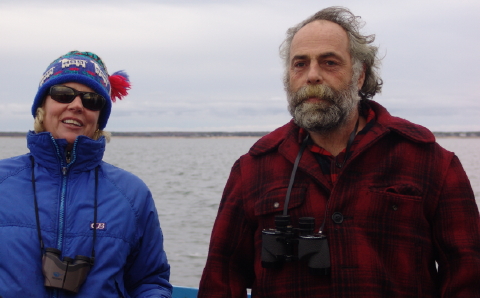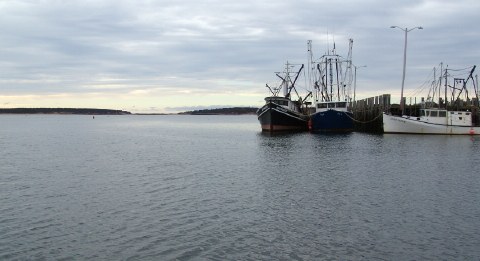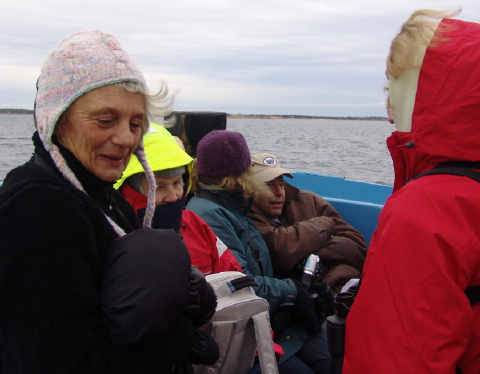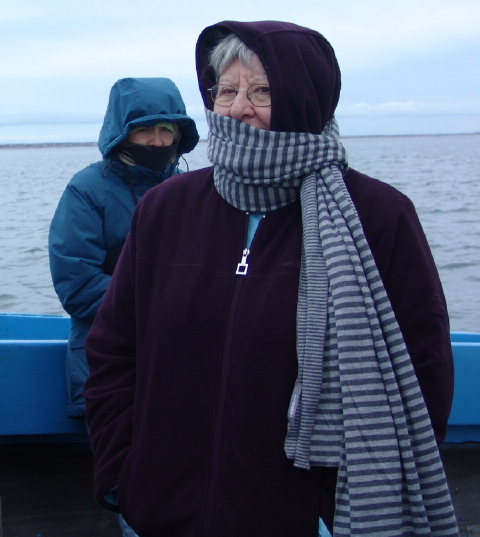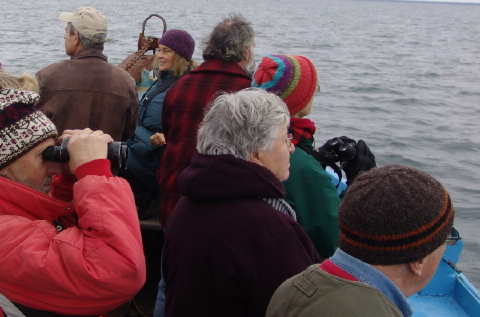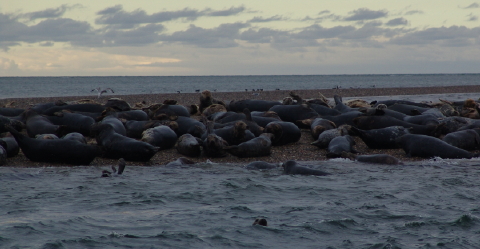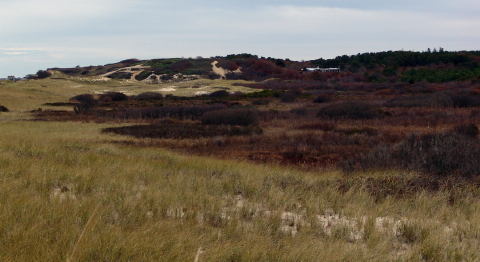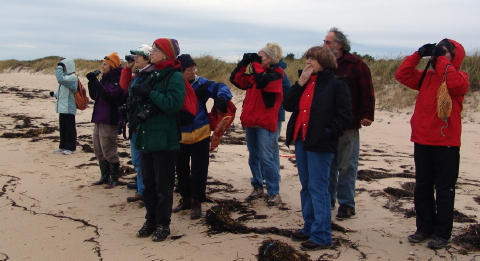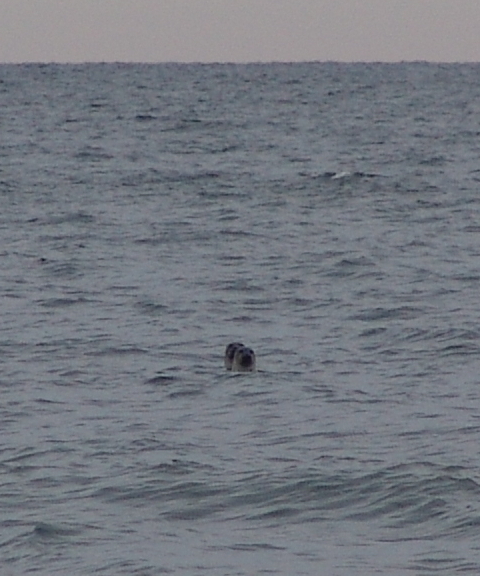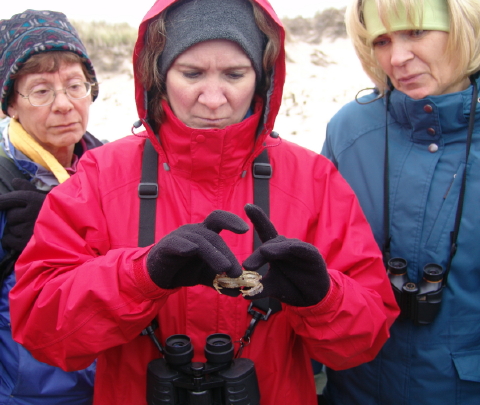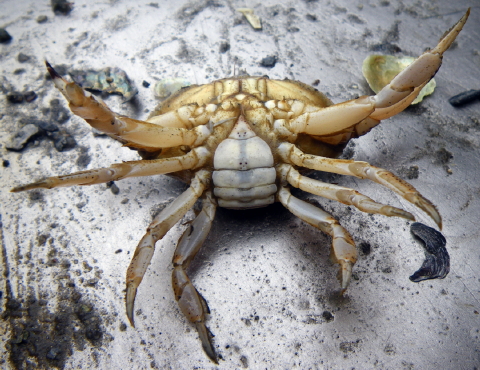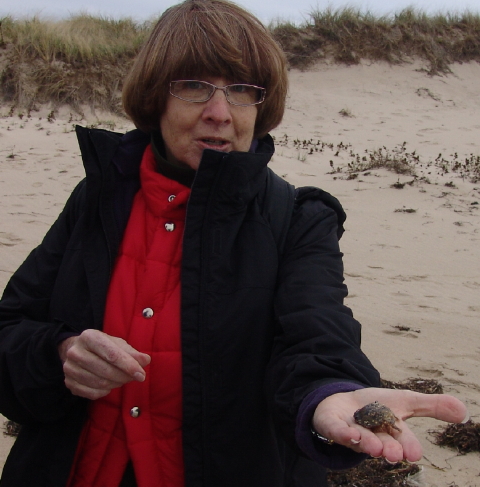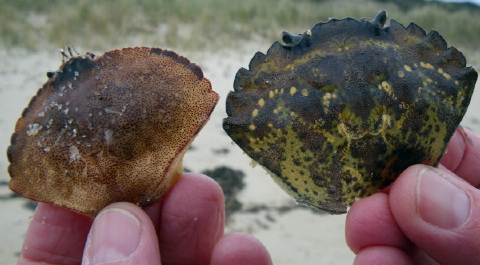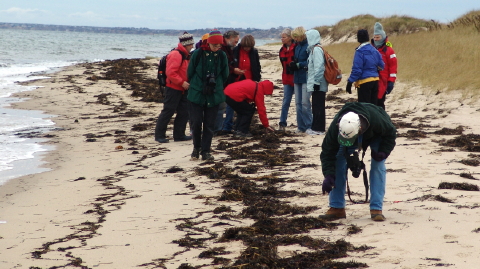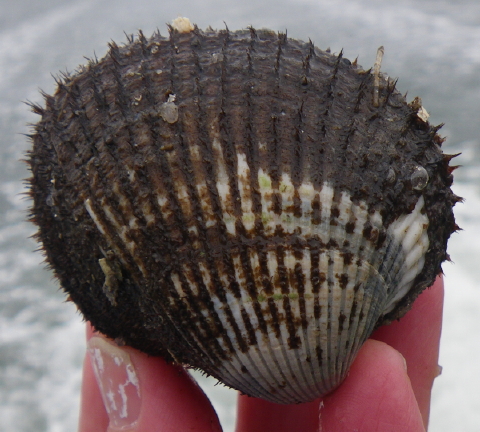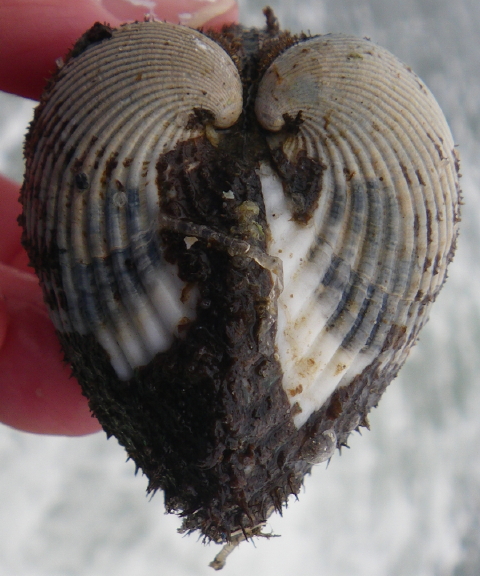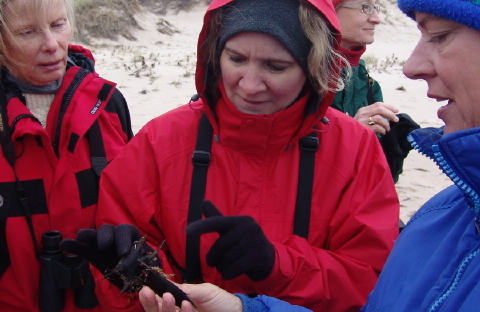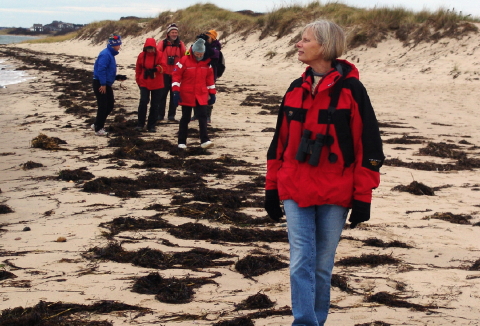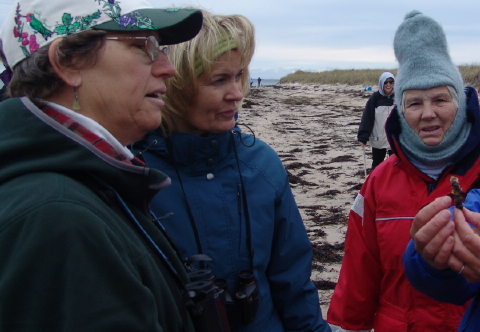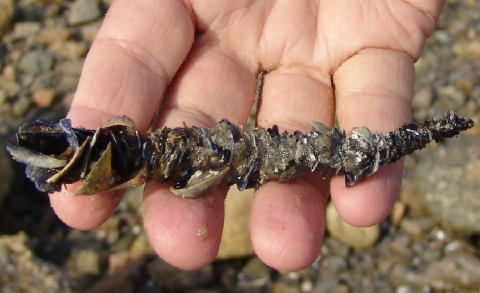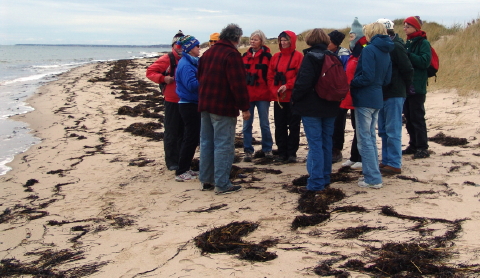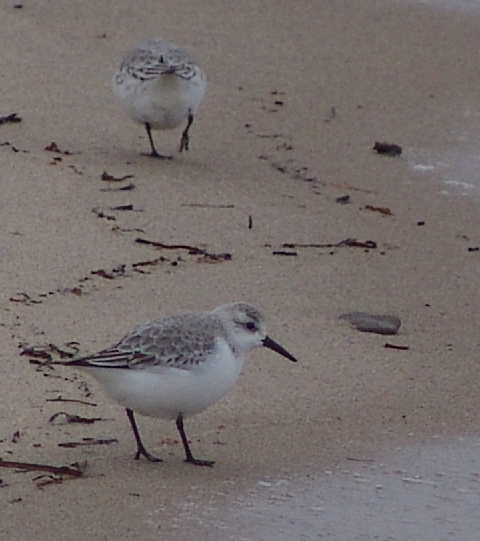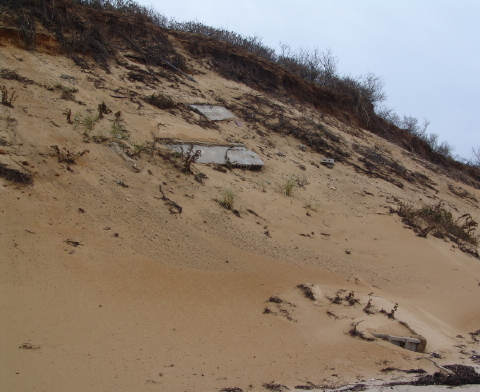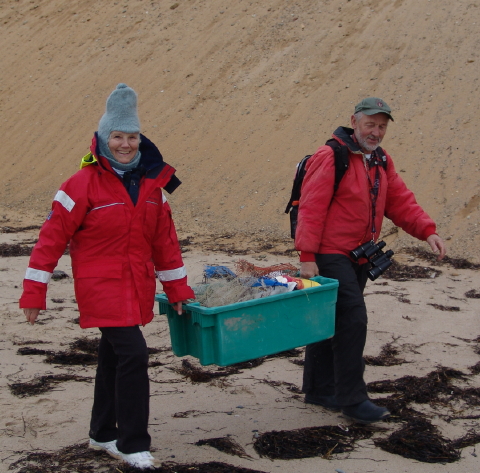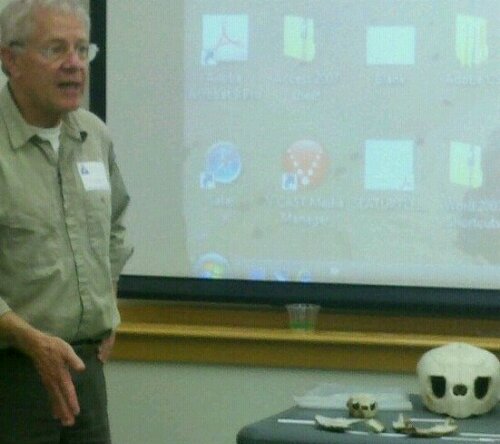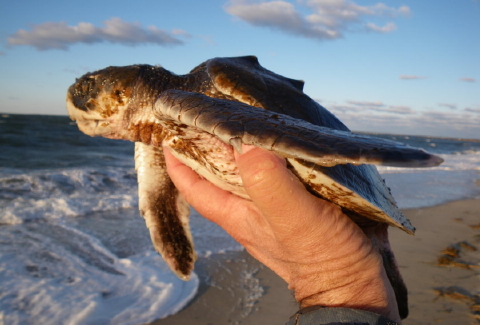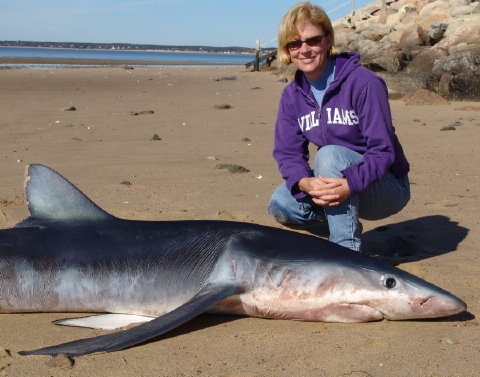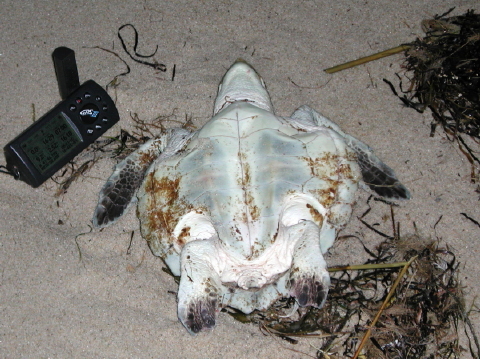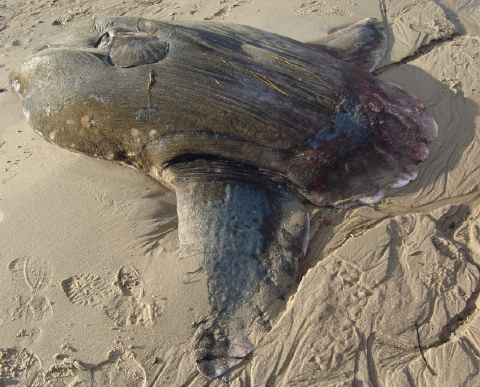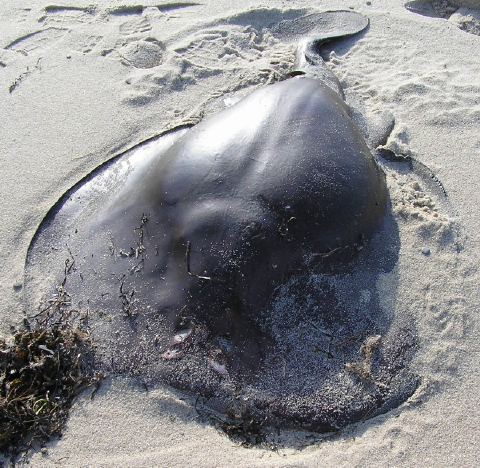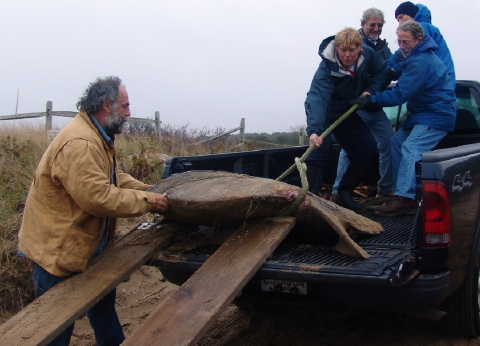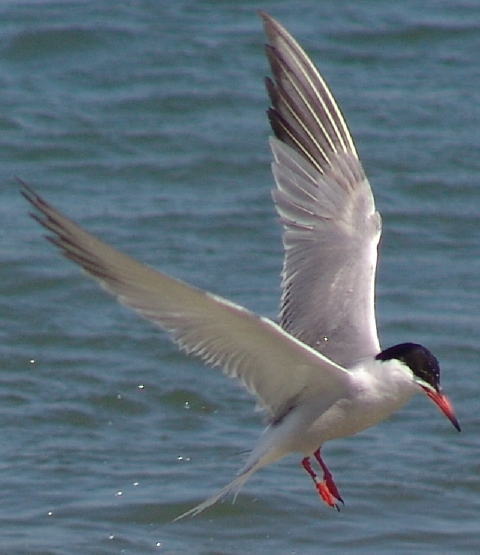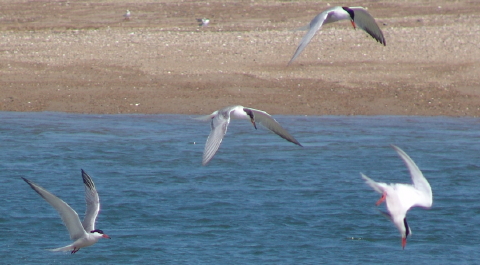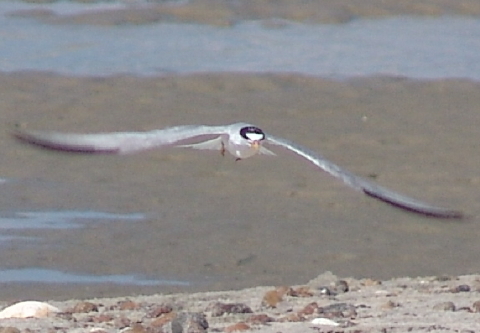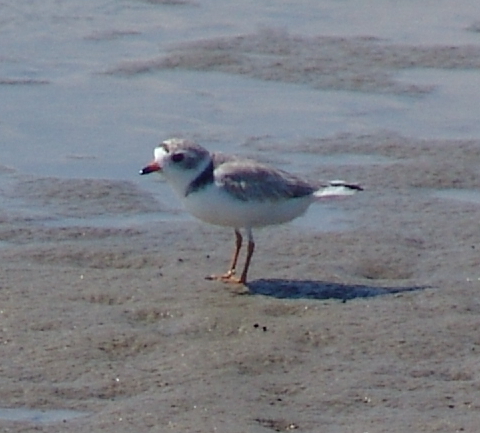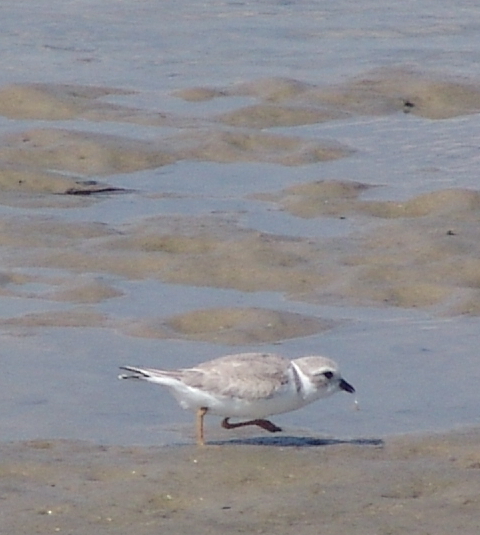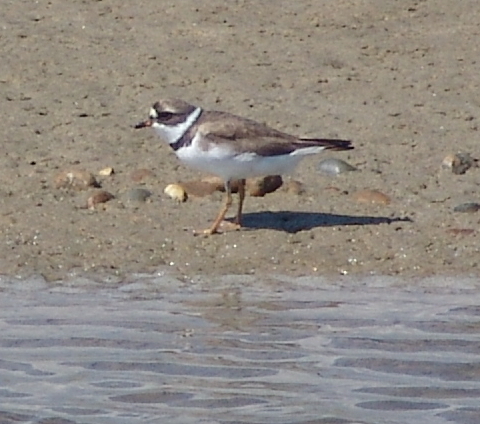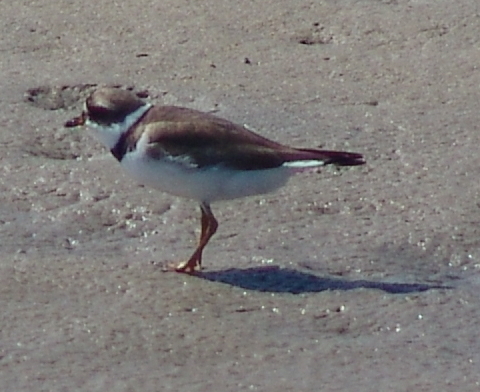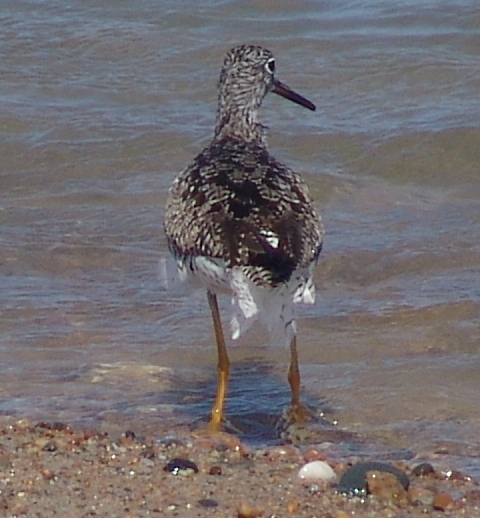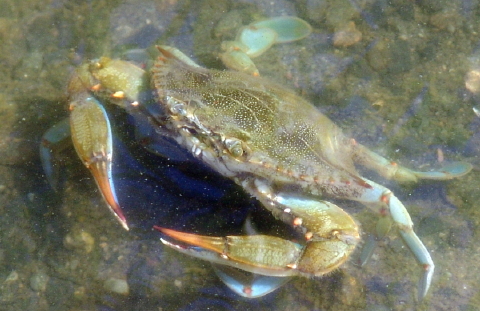Naviator Steams into Wellfleet Harbor
Turtle Journal and Wellfleet Bay Wildlife Sanctuary led a November cruise to Billingsgate Shoals at the mouth of Wellfleet Bay as part of the Stranding Weekend Program offered by Mass Audubon.  After completing an afternoon of quahog harvesting in the bay, Captain Rick Merrill skippered the Naviator into Wellfleet Harbor to pick us up for the cruise. During spring and summer, the Naviator conducts exceptional marine life cruises with Mass Audubon naturalists aboard to help visitors explore the wildlife of Wellfleet Bay. Rick also charters the Naviator for fishing trips during season.Â
Turtle Journal’s Sue Wieber Nourse and MAS Dennis Murley
Turtle Journal’s Sue Wieber Nourse and Mass Audubon Dennis Murley, Stranding Weekend instructors, helped participants identify significant aspects of the Wellfleet Bay habitat and pointed out various wildlife species during the cruise. Collectively, they bring two lifetimes of experience as scientist, researcher, naturalist, adventurer, educator, conservationist, rescuer and explorer of Cape Cod geology, geography, history, flora and fauna.
Pre-Cruise Safey Briefing on Wellfleet Dock
We met on Wellfleet Pier a little after 3 pm. Stranding Weekend partcipants were joined by other Mass Audubon visitors for a cruise of Wellfleet Bay. Before boarding the Naviator, Dennis Murley reviewed safety procedures, introduced instructors and provided a preview of what to expect. While an important focus of the Stranding Weekend was tropical and semi-tropical sea turtles, the layered dress of participants clearly indicated that this cruise was anything but a tropical event.
Leaving Harbor for Wellfleet Bay
Winds blew from the north bringing in a gripping Arctic chill, especially when the boat cleared Wellfleet’s protected harbor and tacked into the breeze. The Naviator backed from its slip and cruised by the working fishing fleet tied to the town pier. We cruised west through the channel, pointed at Griffin Island (right) and Great Island (left), connected by the low tumbolo called the Gut. Once past the breakwater, the Naviator turned south (left) toward Billingsgate Shoals.
Bundling in the Bow
When we were heading north, the apparent wind transformed conditions aboard ship to a Shackleton expedition. Passengers ducked low under protective bulwarks and huddled together for warmth.
In Search of Tropical Sea Turtles!
They wrapped themselves in winter scarfs and hoodies, thrust hands deep inside the warmest pockets, and they endured …Â in best Shackleton tradition.
Approaching Billingsgate Shoals
But when the boat pointed south with the wind to our backs, decks came alive. Binoculars scanned the horizons for shorebirds and water fowl.
 Brants in Wellfleet Bay at Dusk
Loons, gulls, gannets, ducks, geese and many more species dotted the horizon, which had begun to turn pinkish orange as an early dusk swept over Cape Cod Bay.
Gray Seals Occupy Billingsgate Shoals
Billingsgate Shoals rise from Cape Cod Bay each low tide. A century ago this once 60-acre island was still inhabited as a fishing community. But the ravages of erosive storms sank the island below Cape Cod Bay; the last lighthouse abandoned and destroyed in 1915. Today, Billingsgate is sometimes called the Atlantis of Cape Cod by oral historians and folklorists. Day trippers boat to the shoals to use its exposed tidal flats for picnicking and shellfishing. Eel grass beds around the shoals are rich in striped bass schoolies and blues in season. In the “off season,” another set of tourists arrive to exploit the low-tide exposed sandbars: gray seals. As we approached the shoals on Saturday, hundreds of seals, backlit by the rapidly setting sun, had already claimed prime spots on just emerging sands.
Gray Seals Hauled out on Billingsgate Shoals
Hauled out on the tidal flats, plump, well nourished seals spread their ample bodies across the sandbar, occasionally belly-crawling a few feet left or a couple of inches right or flopping a bit up or a tad down to optimize their level of comfort. In the fast flowing current around the island, seals played and wrestled and surfed. A few curious and courageous individuals spy-hopped their way toward the Naviator to examine the exotic critters (us) basking on this mysterious floating island. Come to think of it, with layers of clothing triple and quadruple wrapped around our bodies, perhaps we too waddled like seals as we spy-hopped above our bulwarks to examine the exotic creatures luxuriating on their mysterious rising island. Yes, I suppose the correct definition of “specimen” and “observer” depends on which side of the zoo’s bars you’re occupying.
Â
Gray Seals on Billingsgate Shoals
Shackleton would be proud that we returned to harbor with a full complement of crew, eager to endure yet another “on the edge” adventure during Stranding Weekend.

